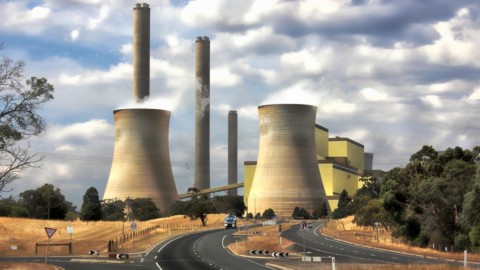In a major milestone for its $180 million project, AGL has broken ground on its Torrens Island grid-scale battery.
The 250MW grid-scale battery will be the first of AGL’s national roll-out of 850MW of grid-scale batteries to get underway.
The battery is also a first step in the future Torrens Island Energy Hub, which will support renewable energy generation in South Australia.
AGL Chief Operating Officer, Markus Brokhof, said low-emission firming technologies will play a leading role in driving Australia’s energy transition.
“We’re delighted to have the opportunity to commence our battery program in South Australia. Today’s milestone is an important step in bringing to life our vision for the low-carbon industrial energy hubs required for Australia’s energy future,” Mr Brokhof said.
“As Australia’s largest energy generator, we understand the importance of enabling flexibility and ensuring reliability across the national electricity market as we continue to integrate renewable generation.
“We anticipate the Torrens Island Energy Hub will bring together various industry sectors and a combination of technologies to deliver South Australia’s energy future, and this battery is the first step toward that goal.
“With South Australia generating more power from renewable sources than any other state, this battery will further reinforce a reliable energy supply for households and businesses.”
AGL expects up to 50 local jobs will be created during construction, and the battery is planned to be fully operational by early 2023.
The battery will enable AGL to adapt to changing market conditions, with an initial one-hour duration that is capable of expanding to up to four-hours duration in the future.
Earlier in 2021, AGL announced it had appointed technology group, Wartsila, to construct the Torrens Island battery.
AGL recently announced that its 50MW battery in Broken Hill had achieved development consent, and plans to construct a 200MW battery at its Loy Yang A power station, a 150MW battery at its Liddell power station as well as support grid-scale battery projects including Wandoan, Maoneng and Dalrymple.

















Could all writers of articles regarding battery storage differentiate between MW rate of discharge and MWhr storage.
Rate seems to be the only quoted figure in most articles but storage is the more important variable.